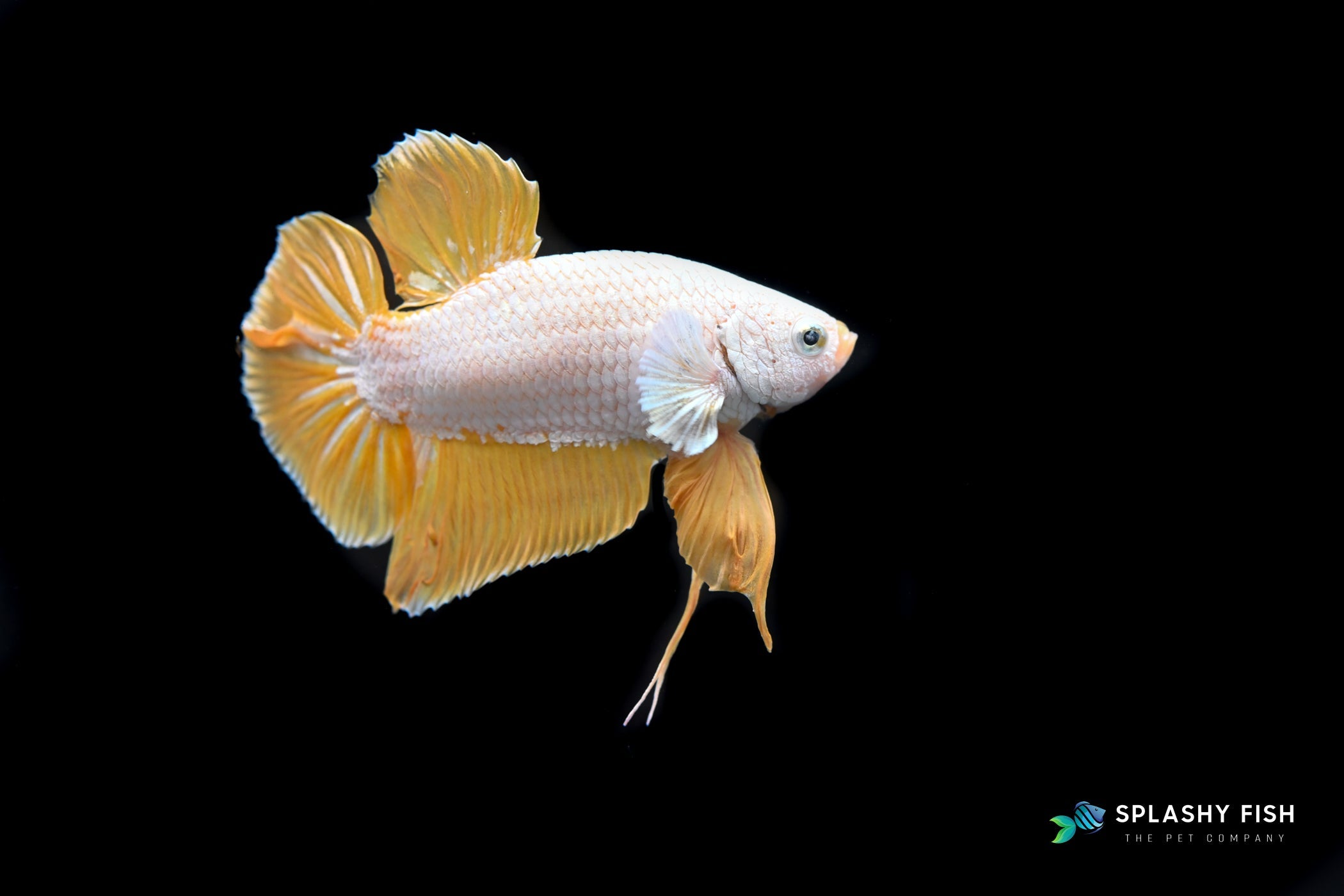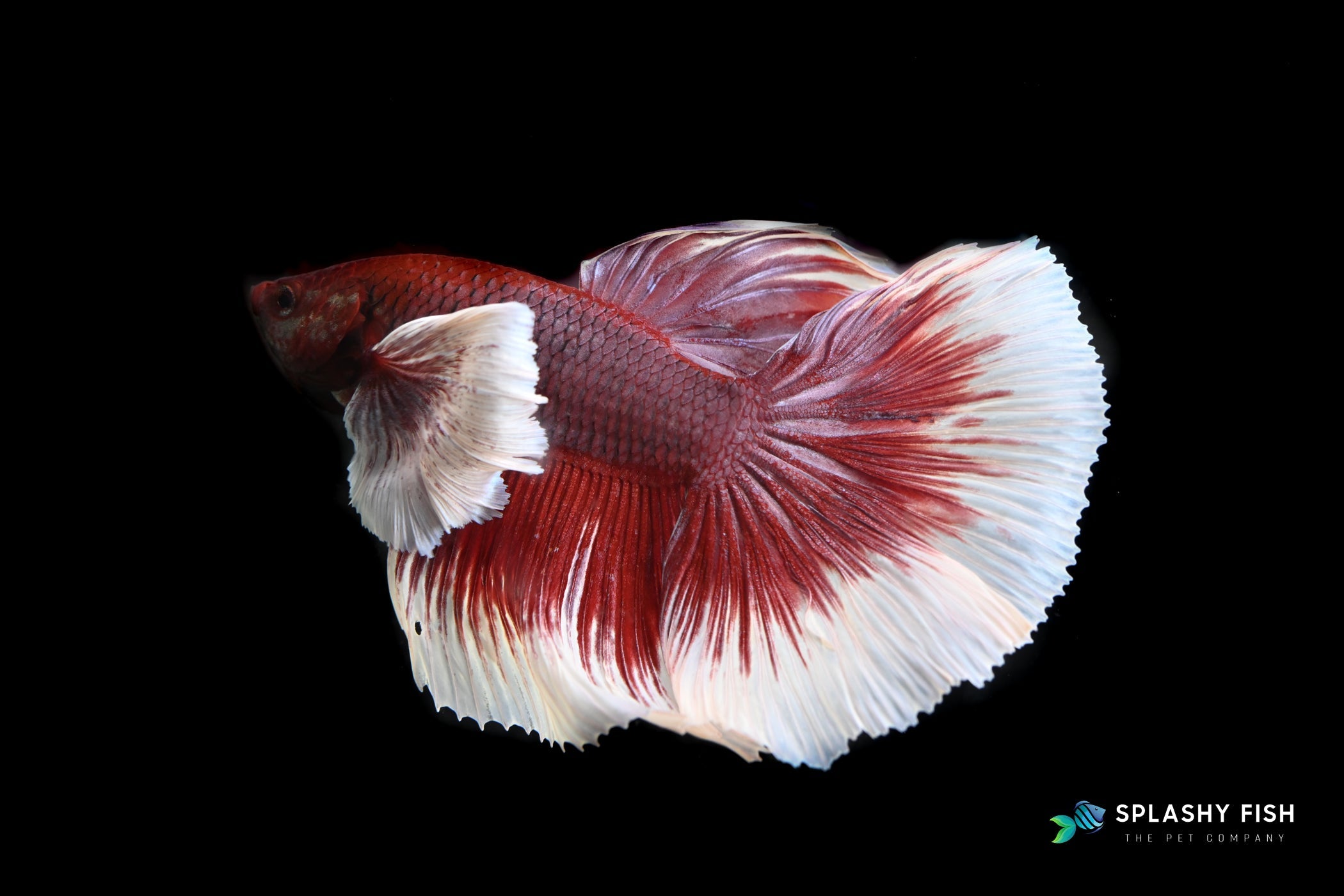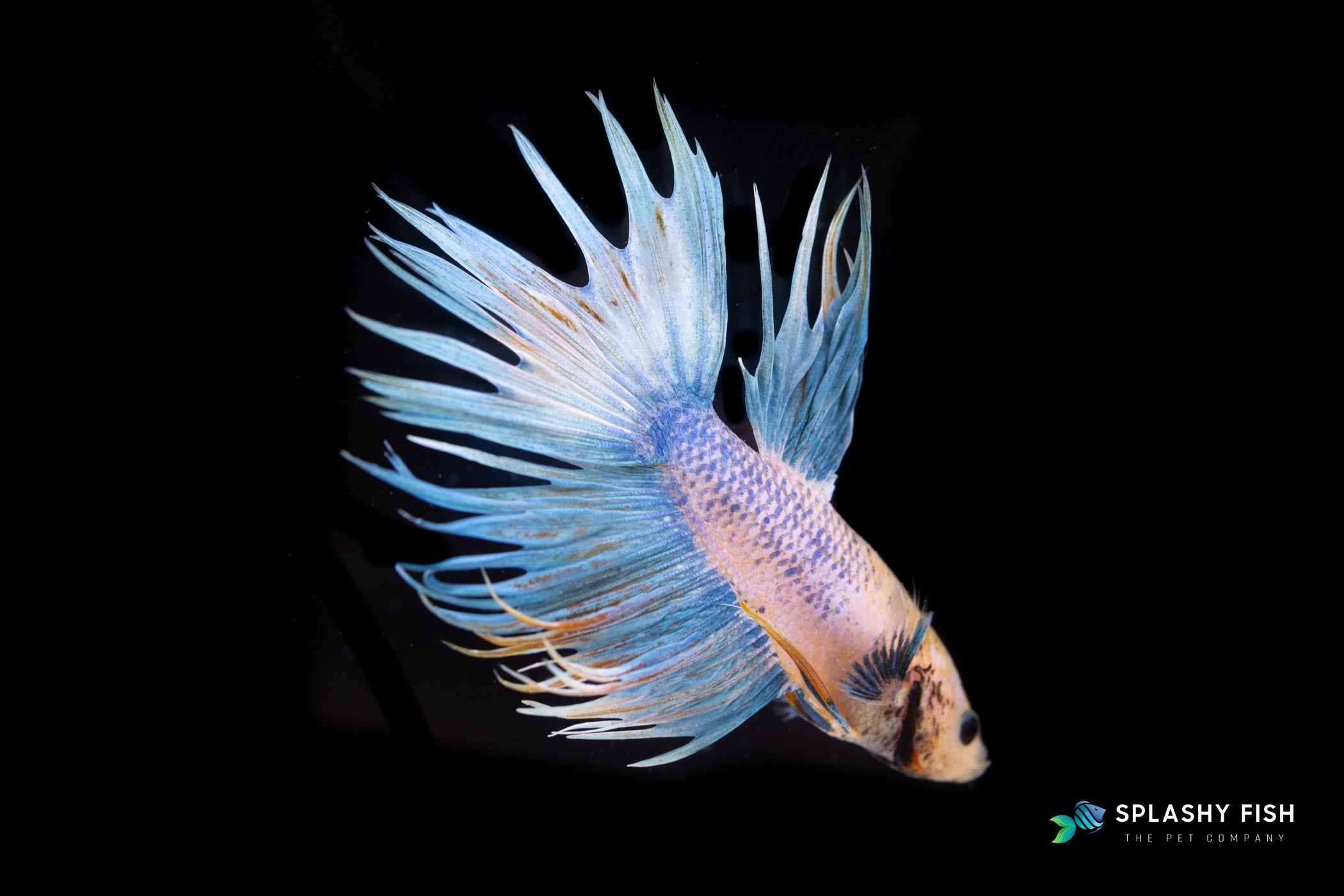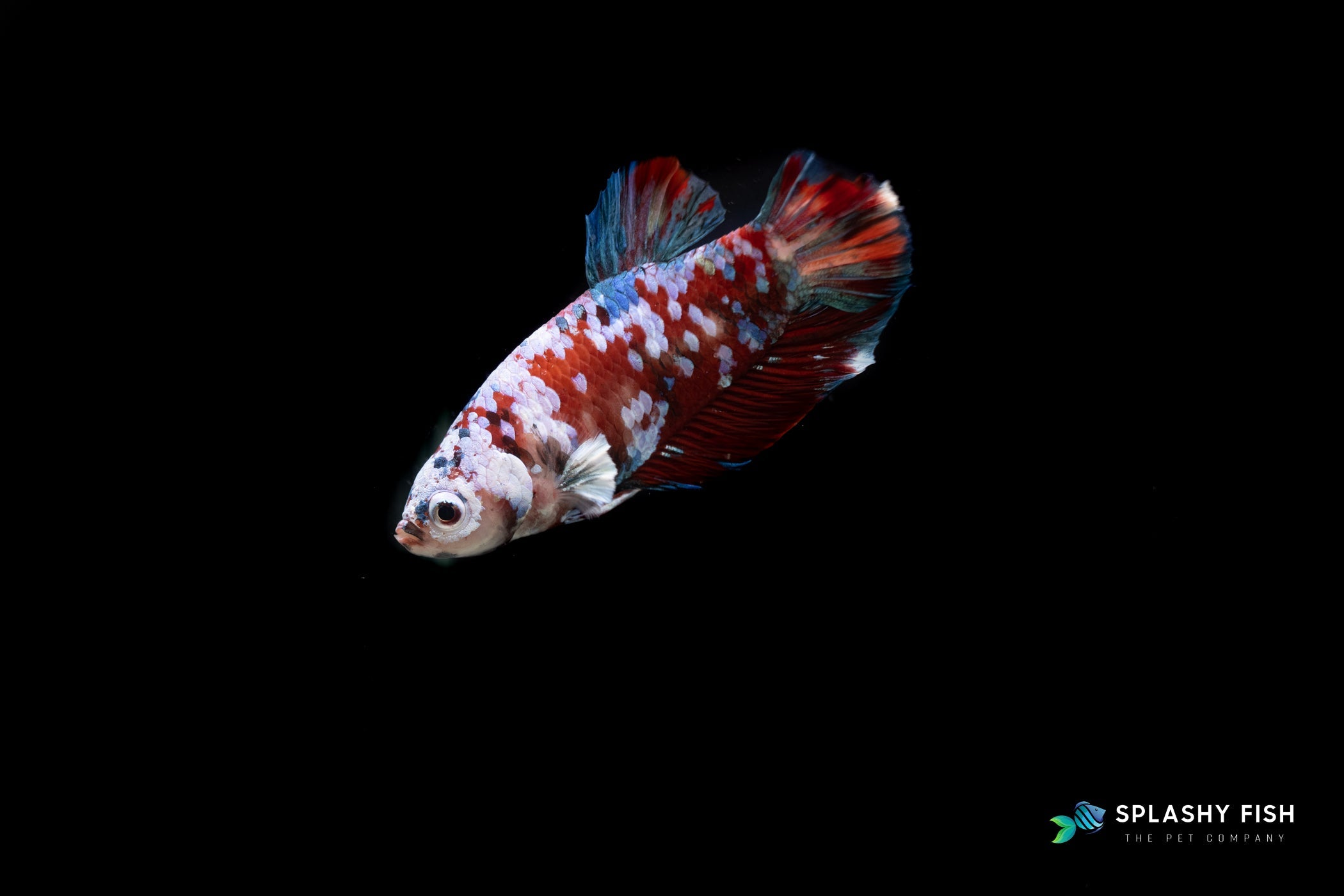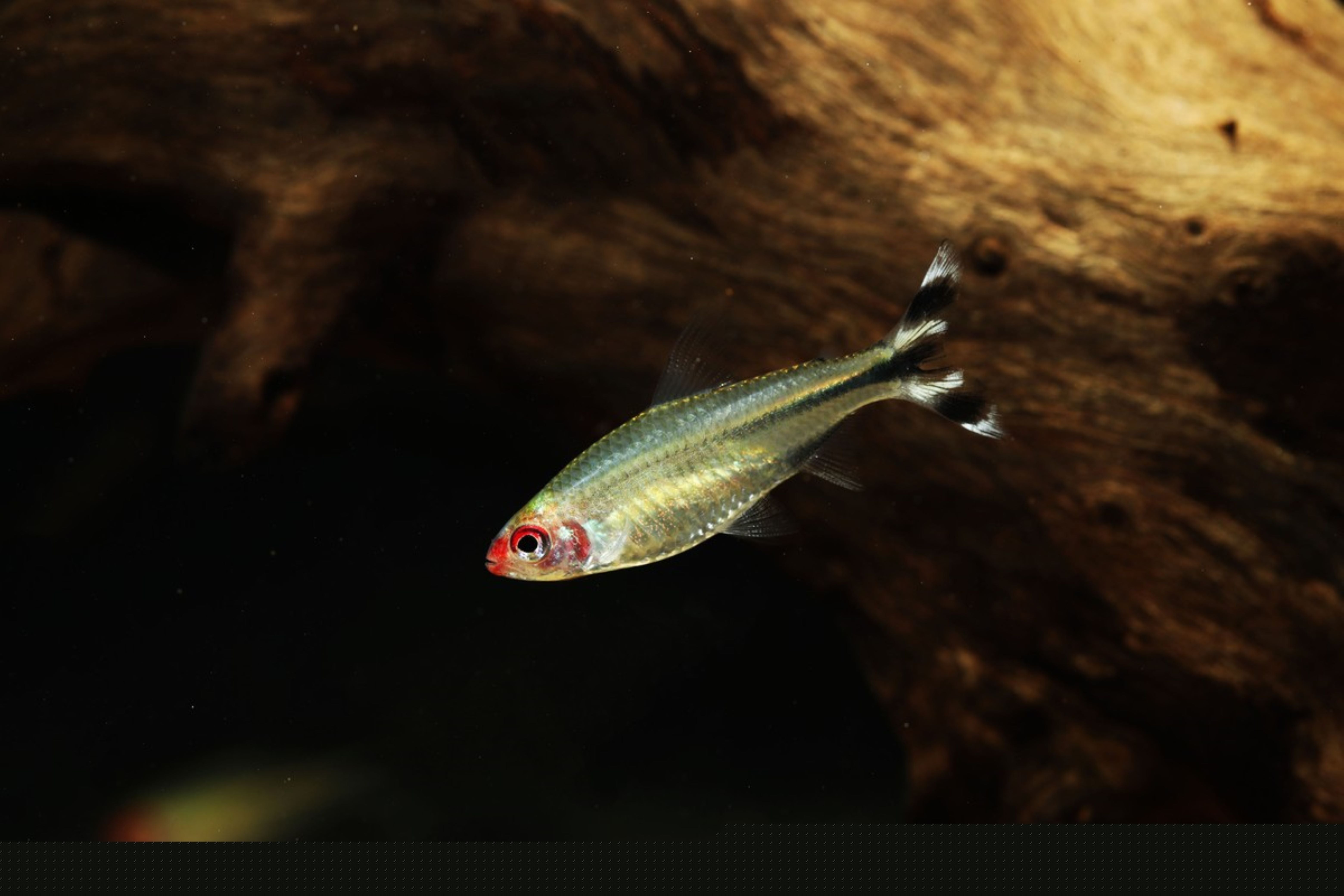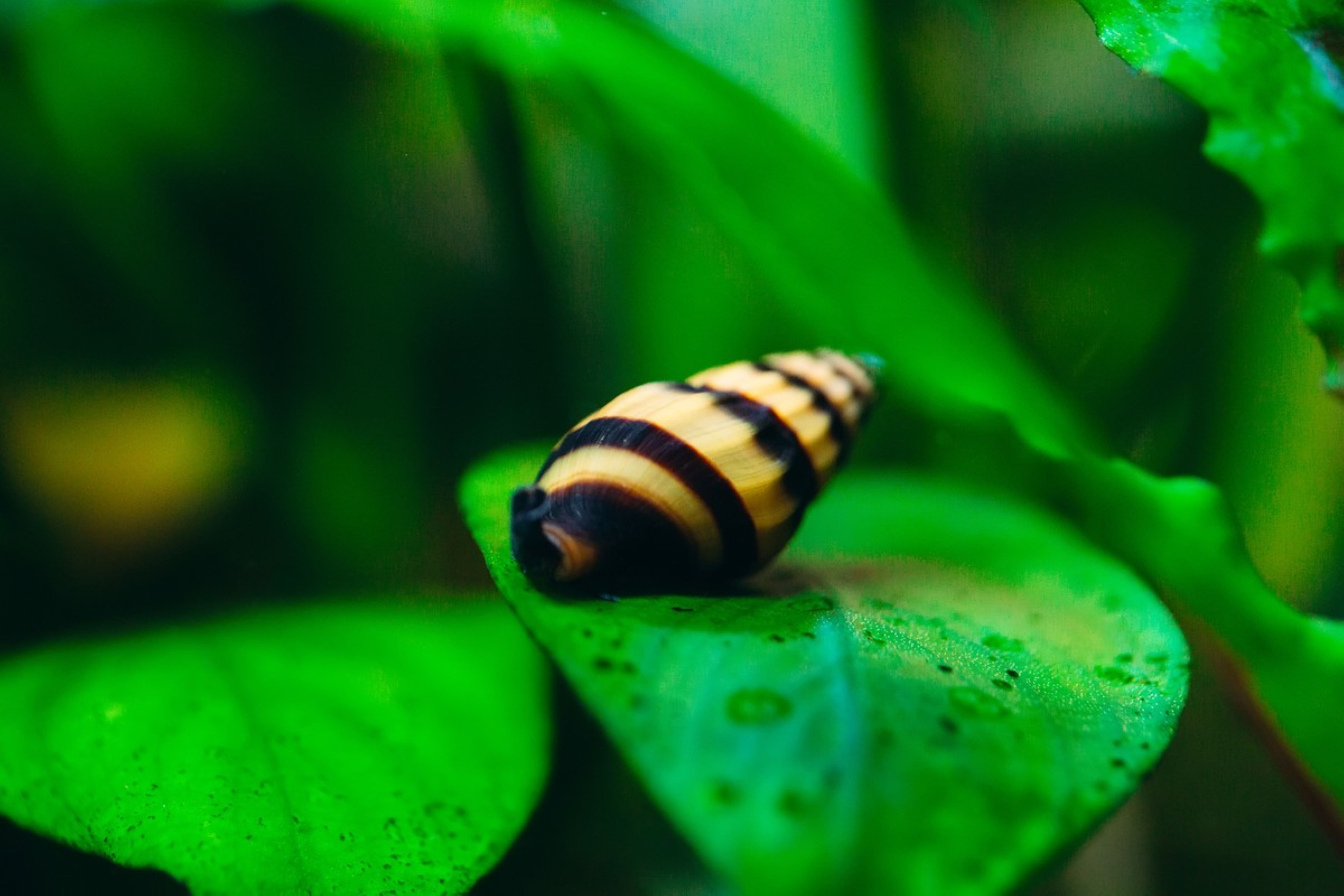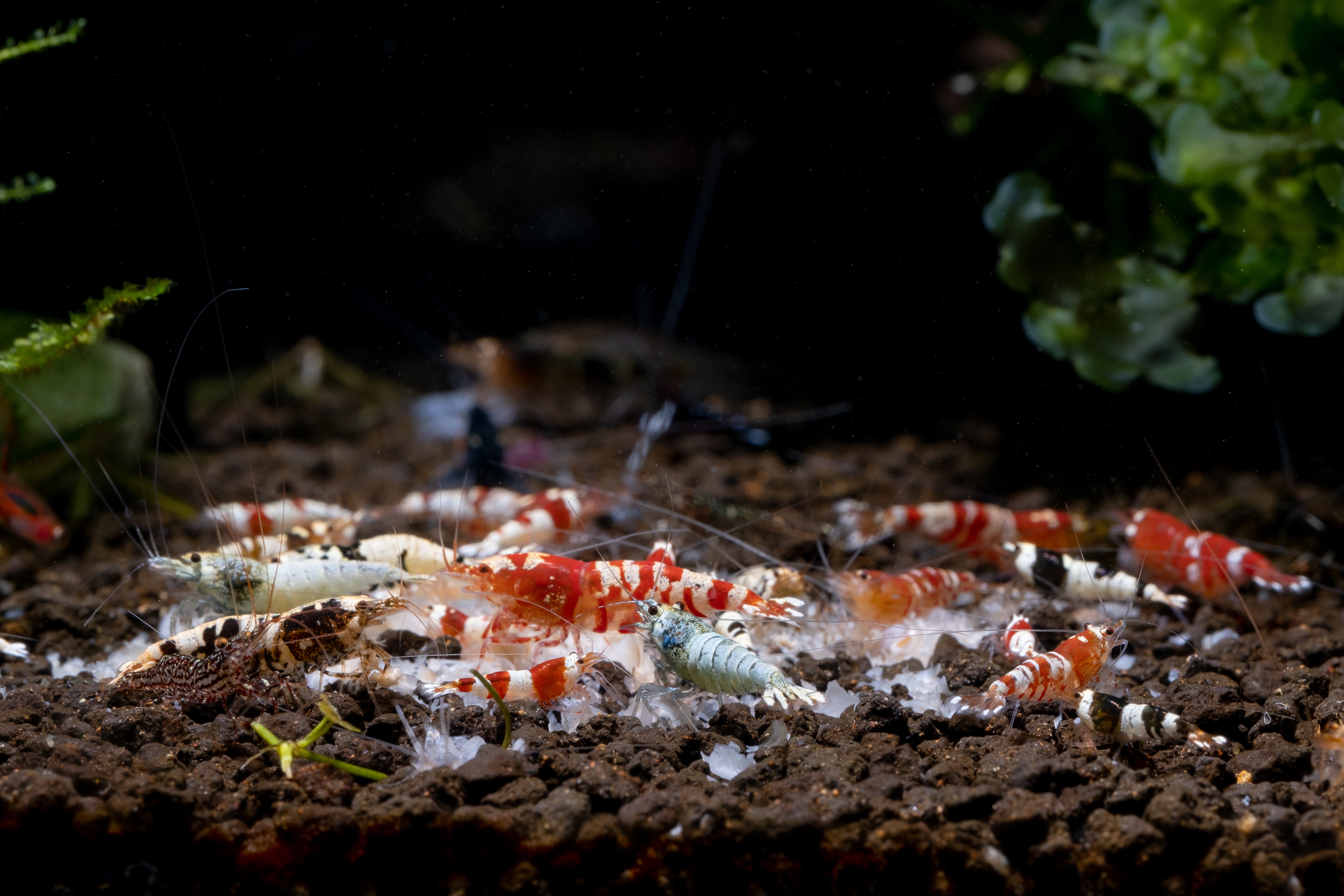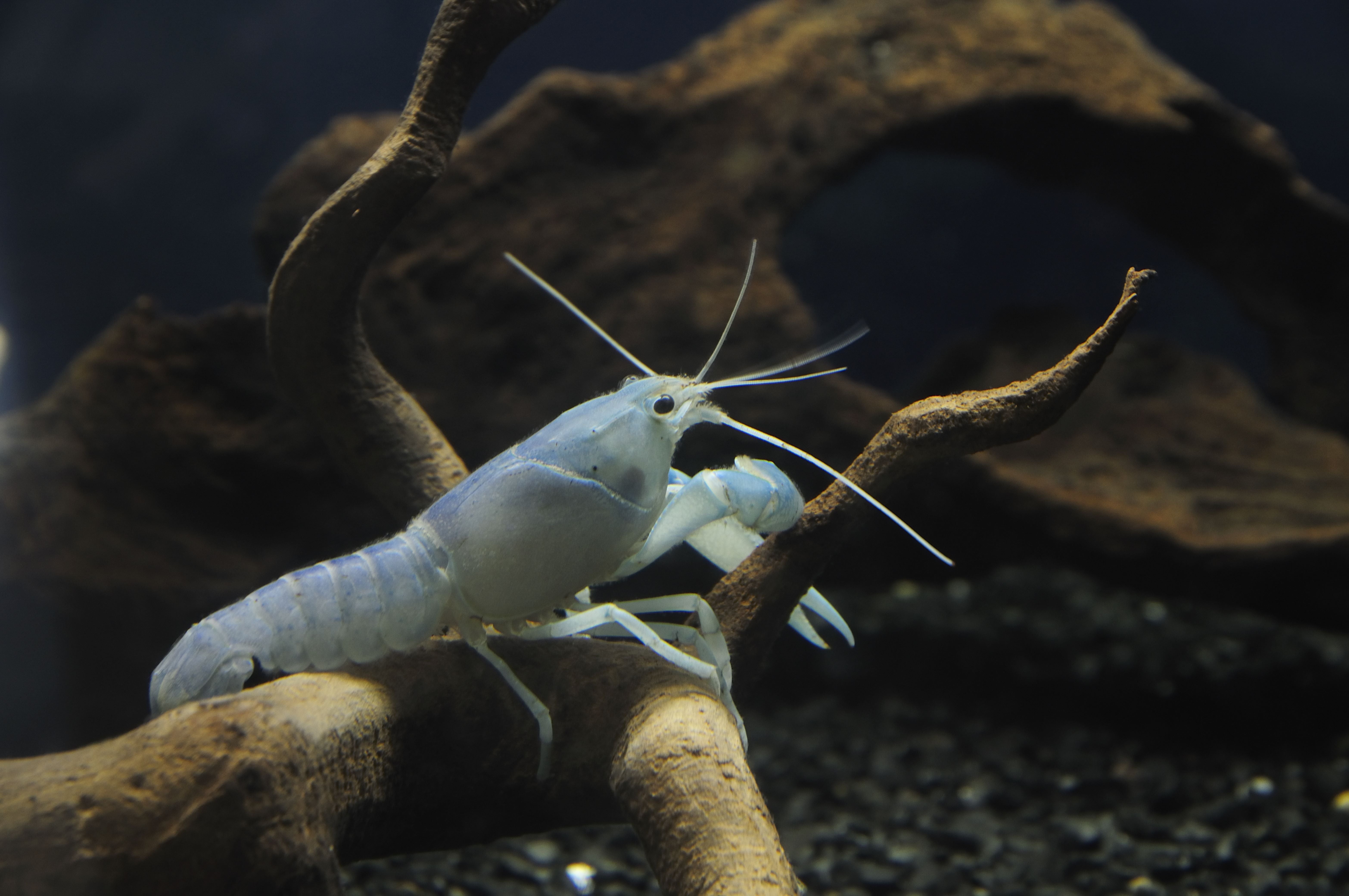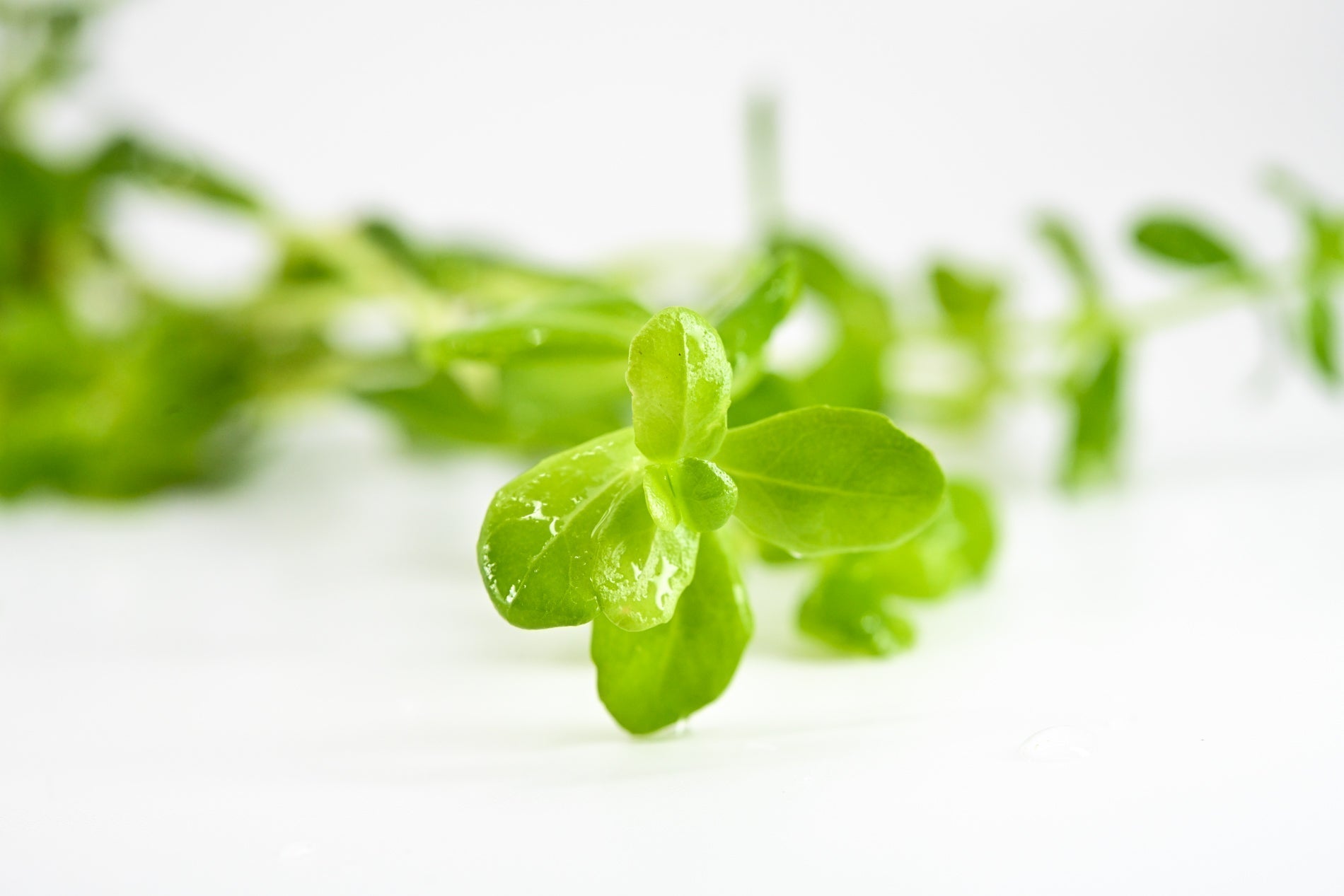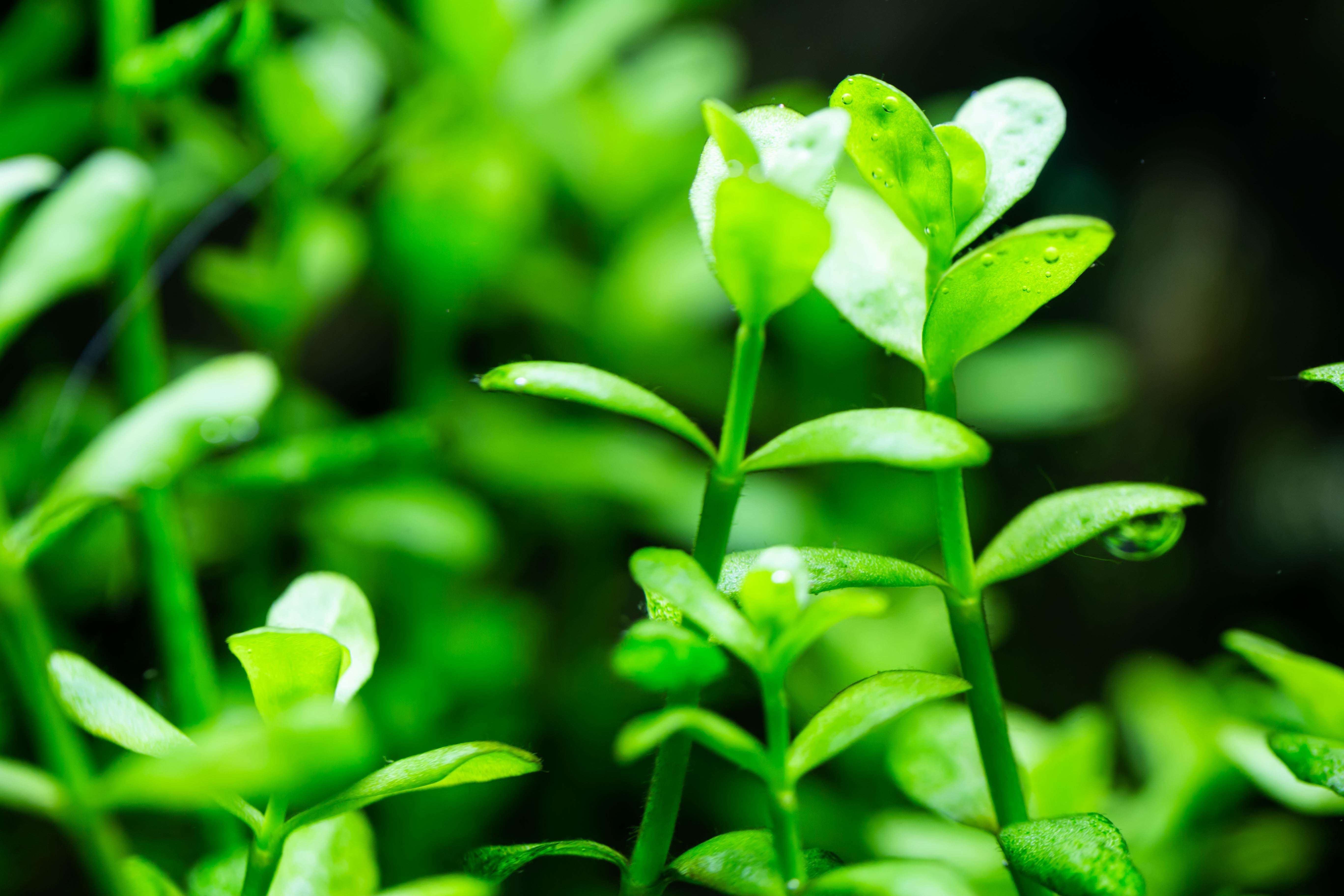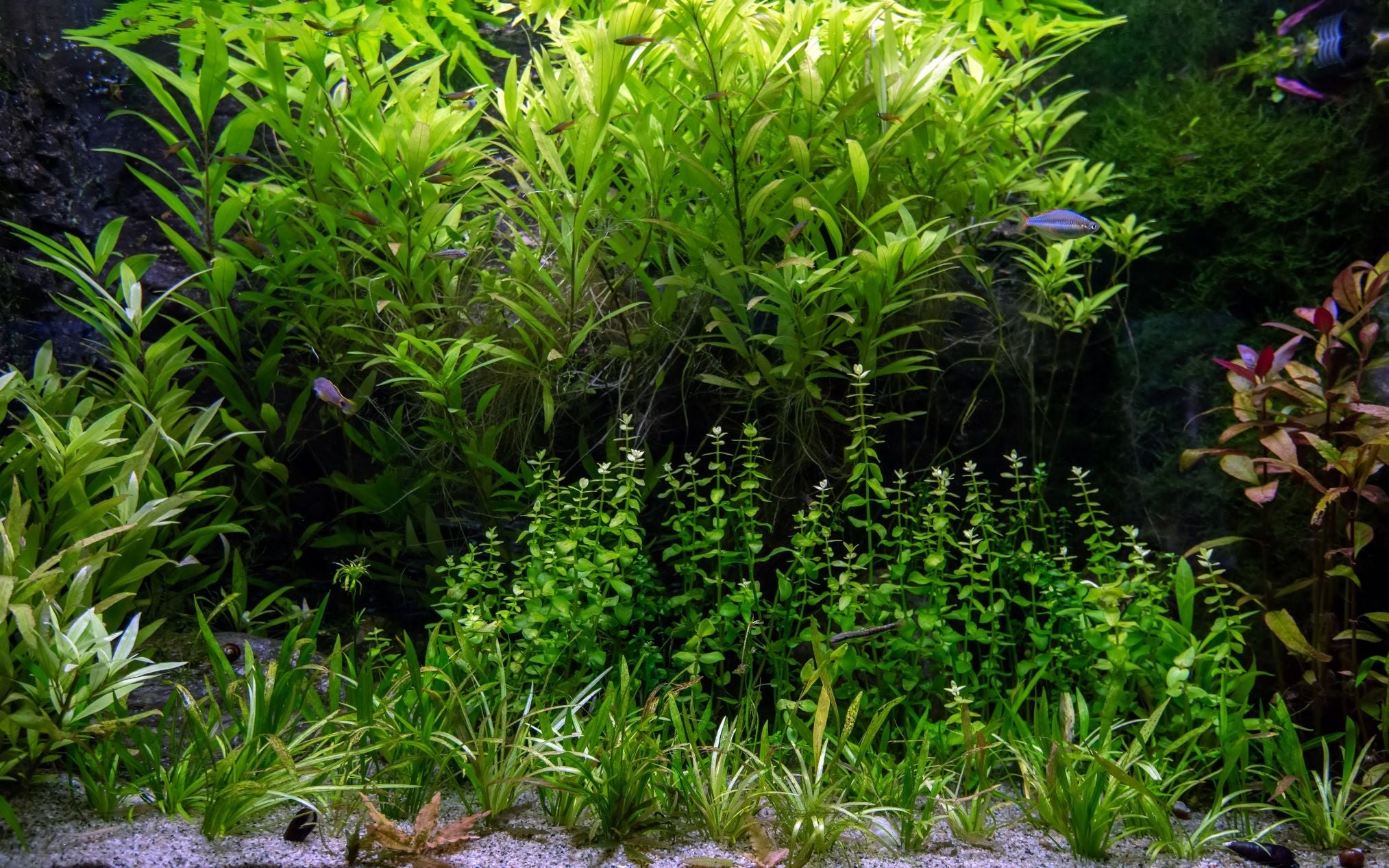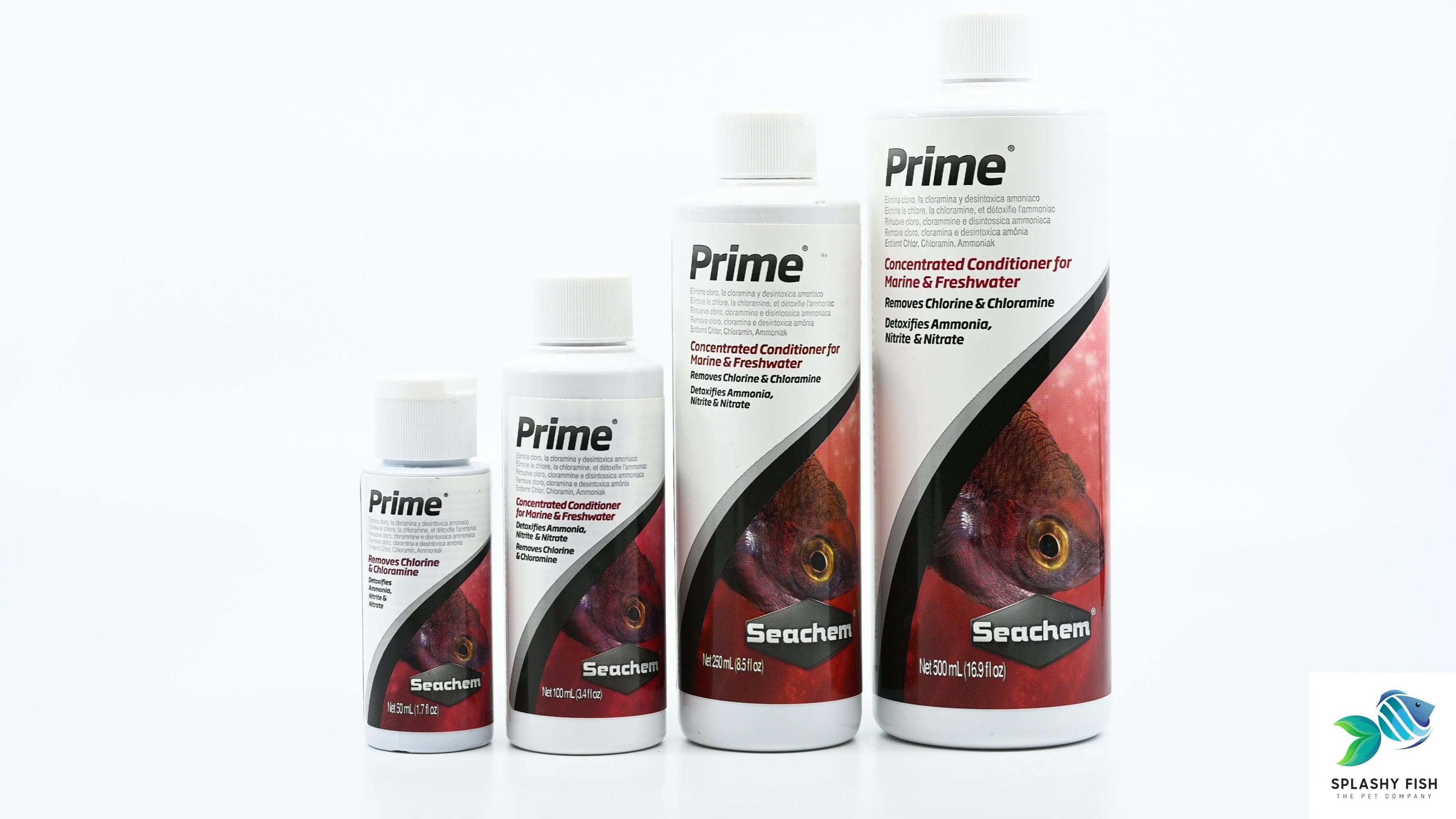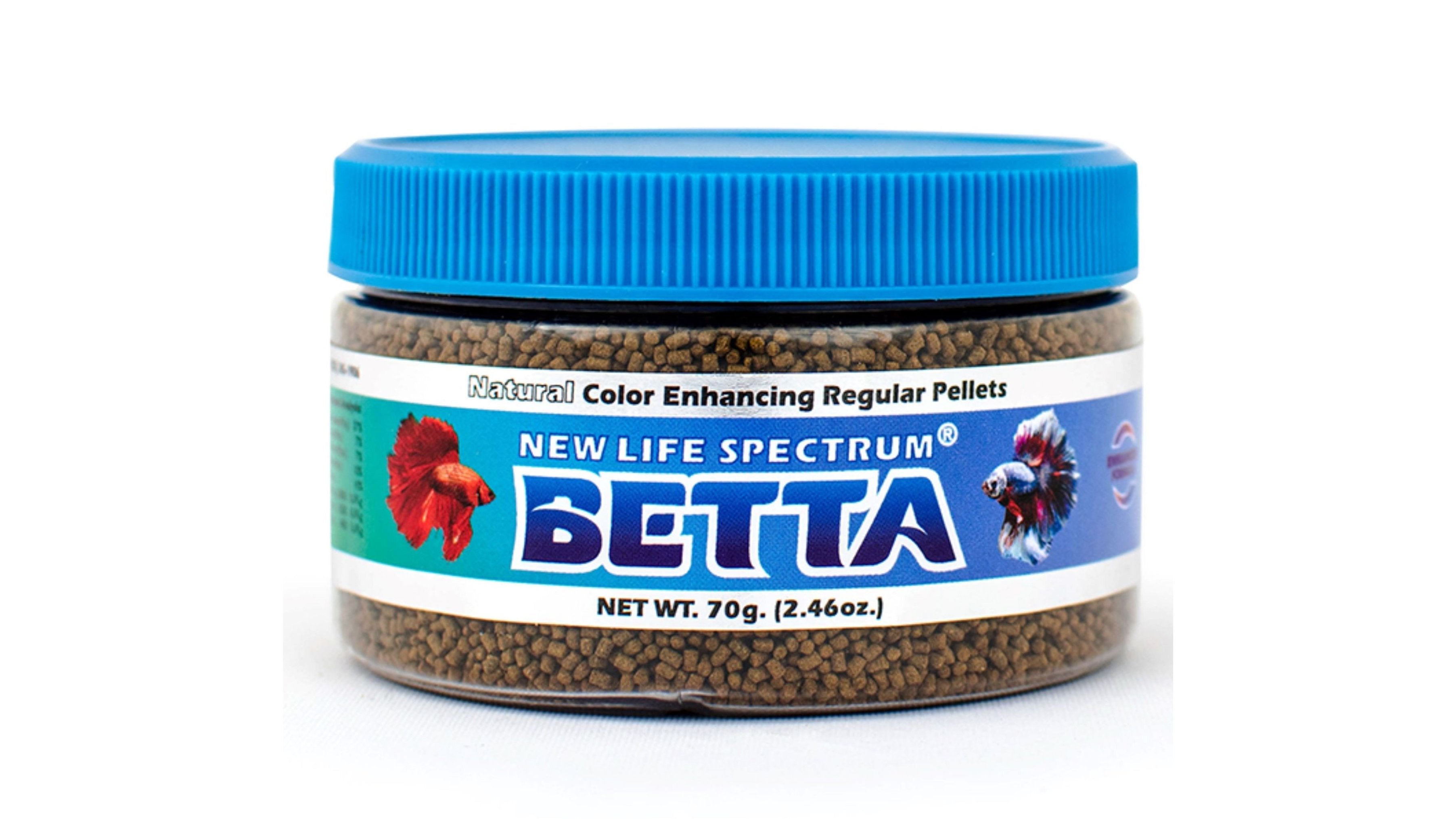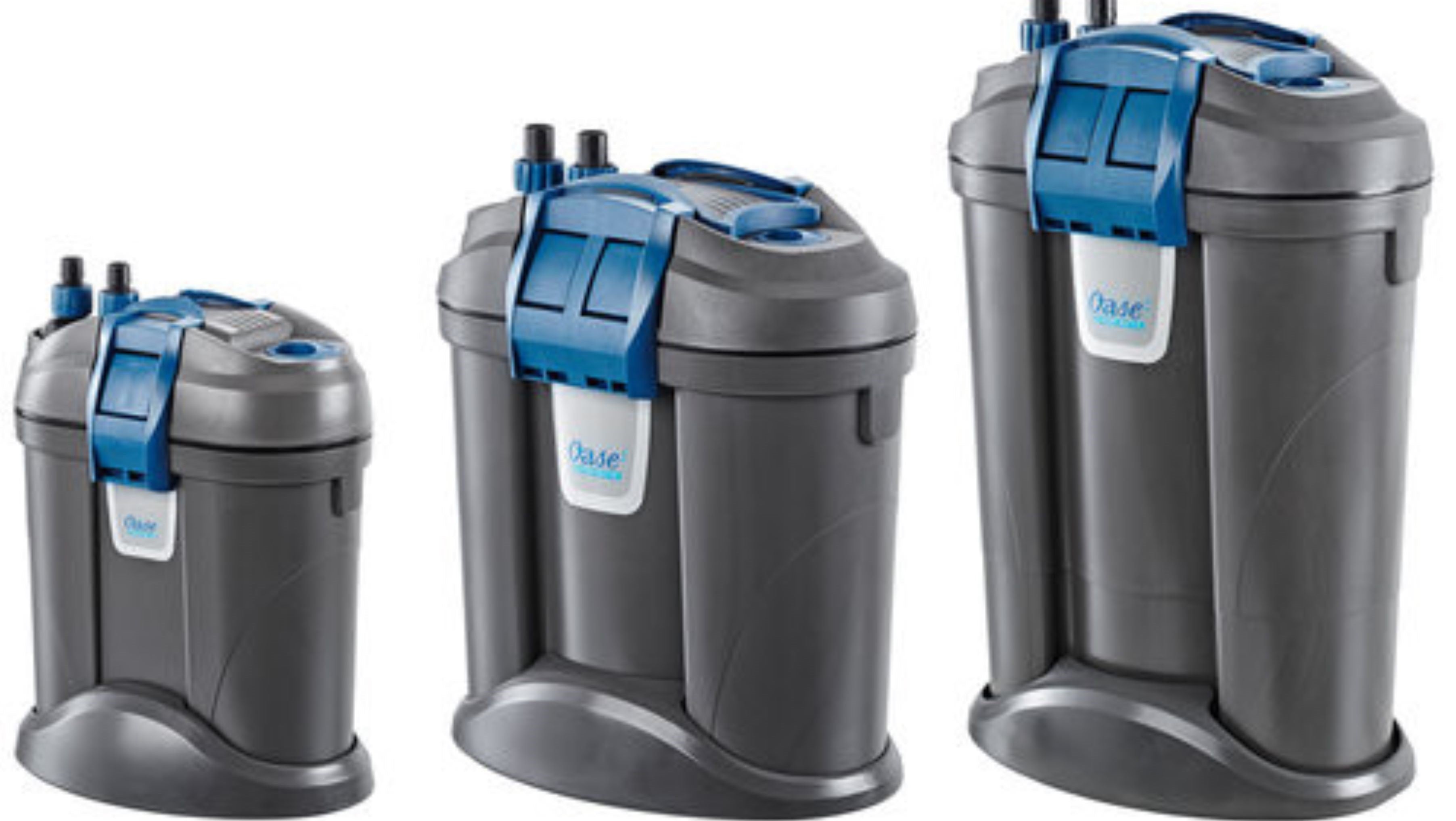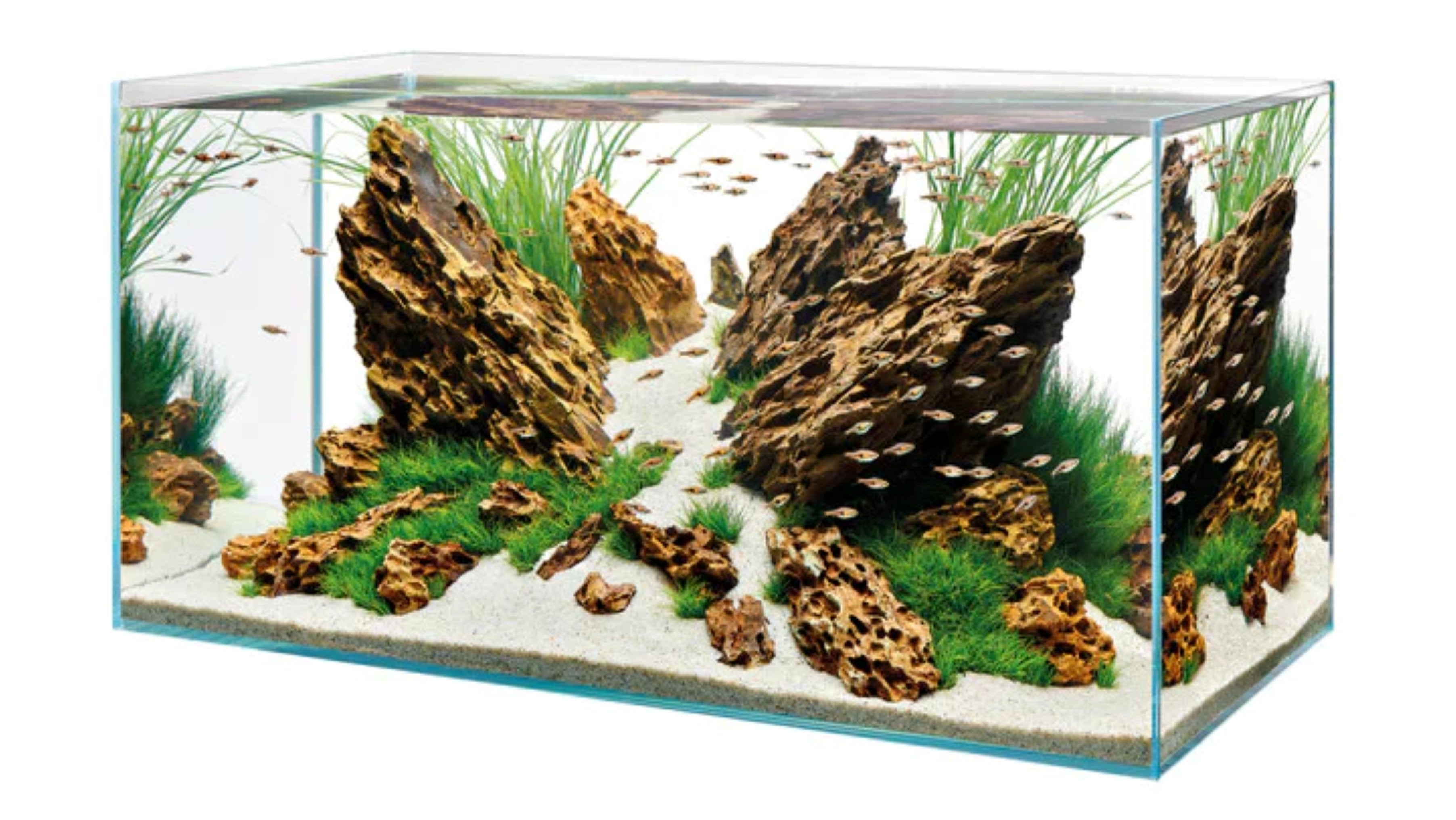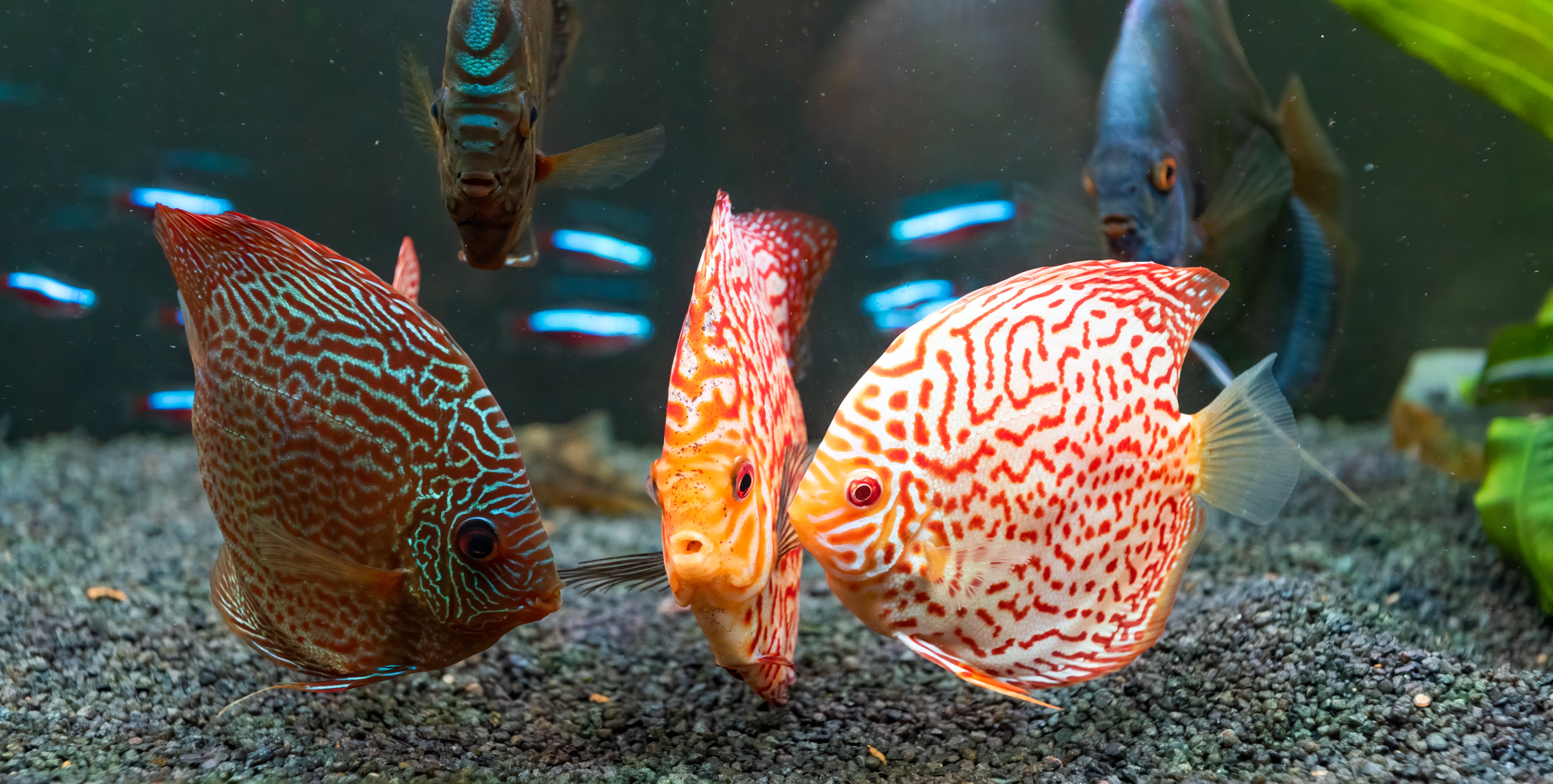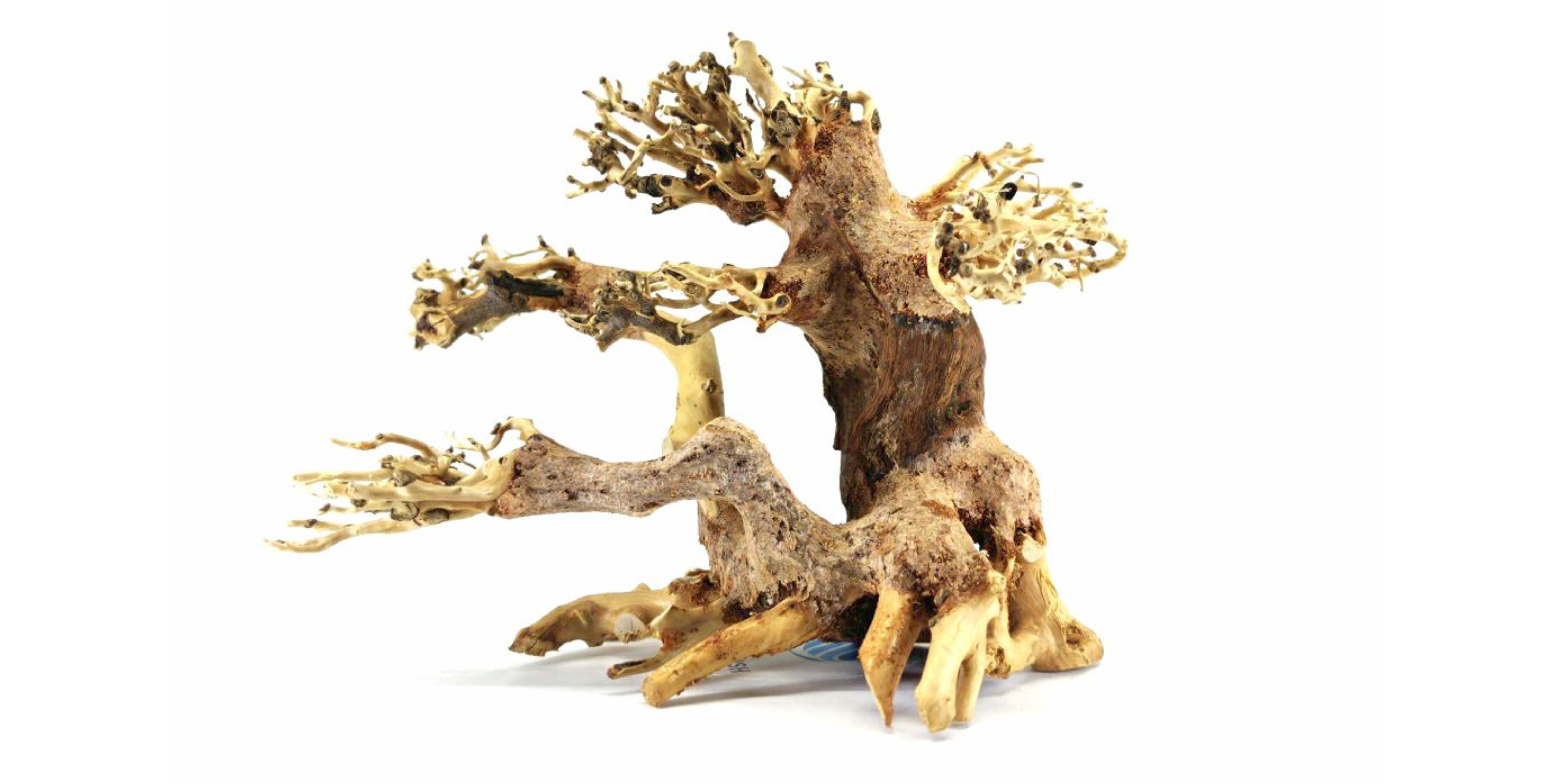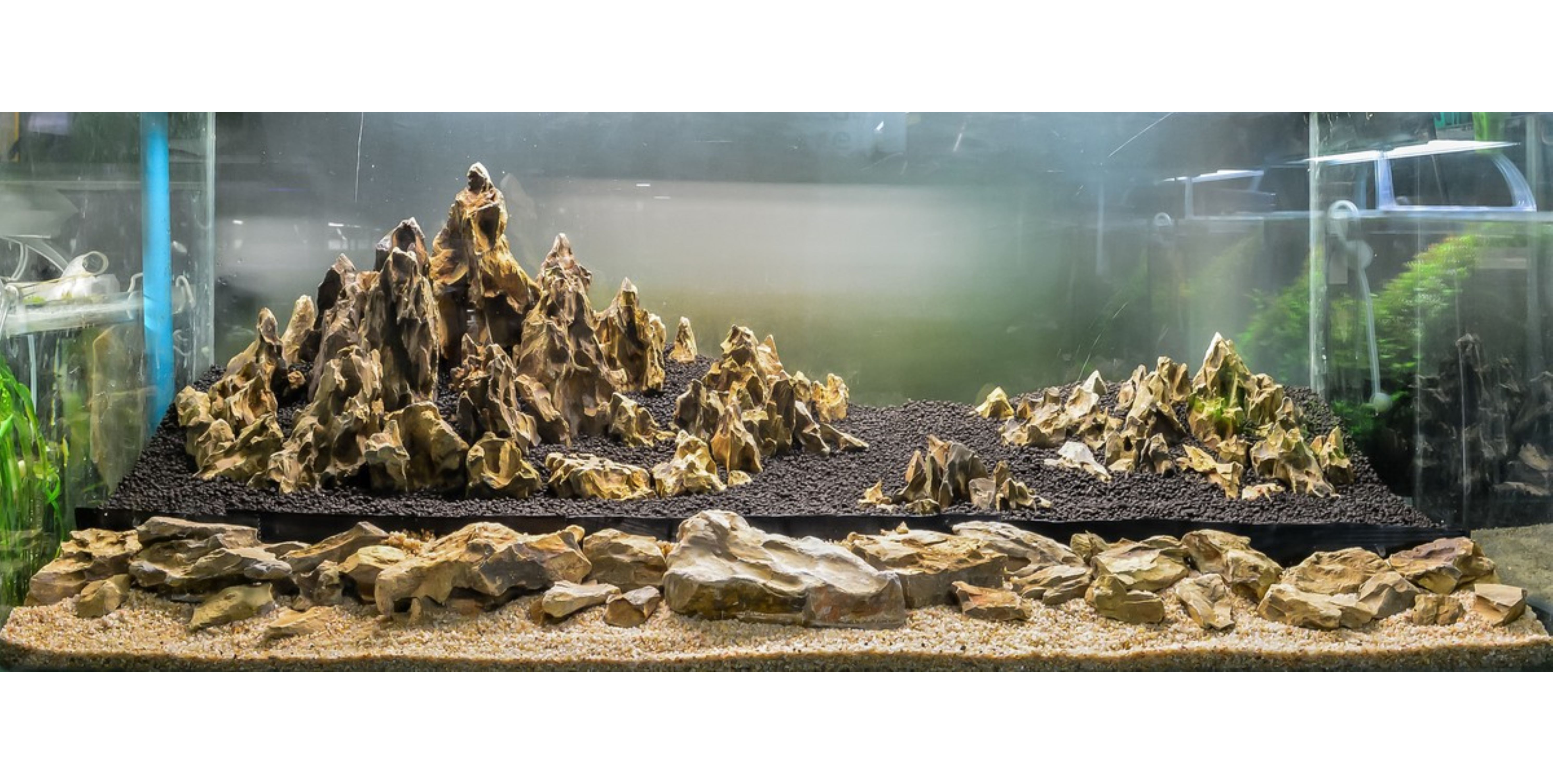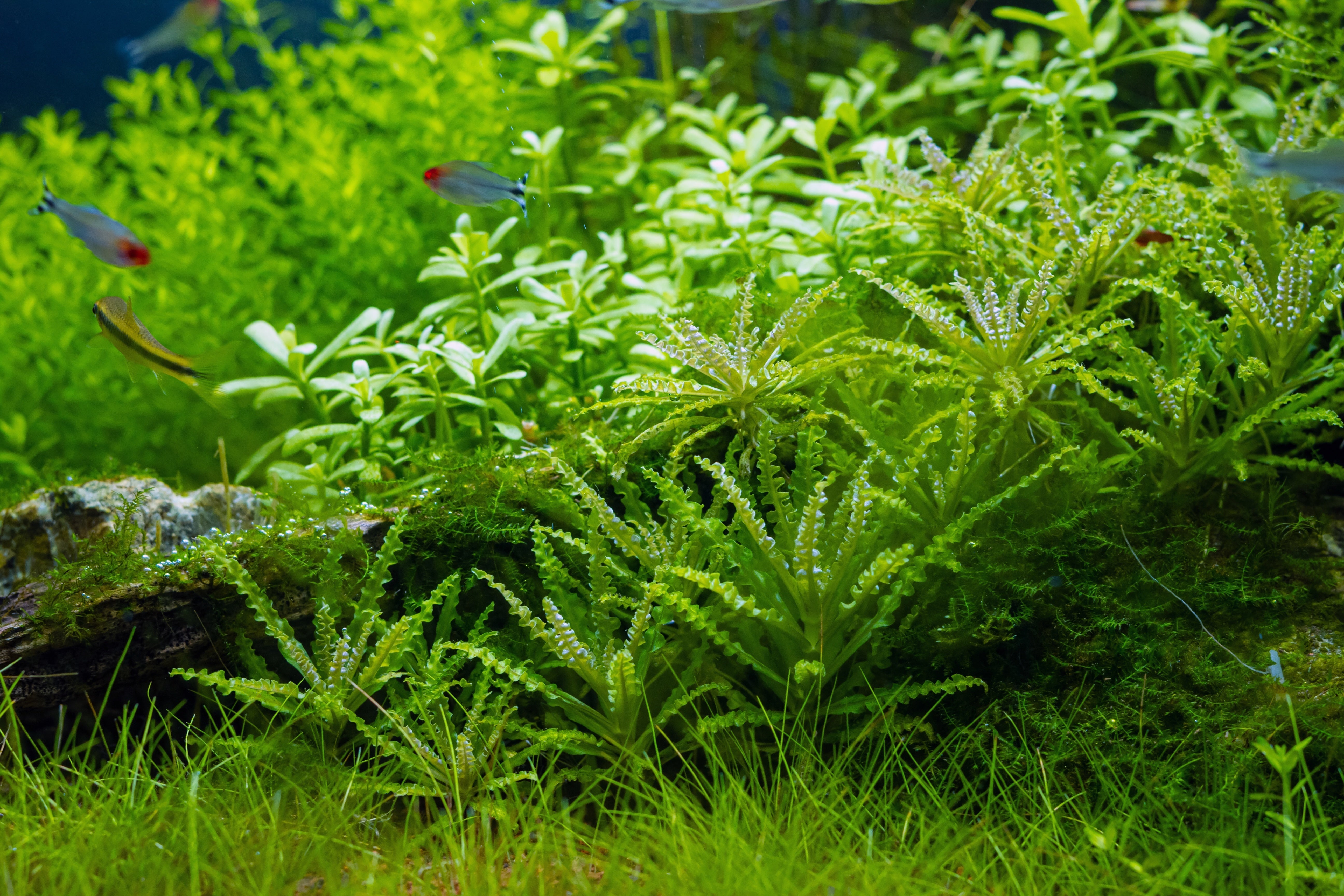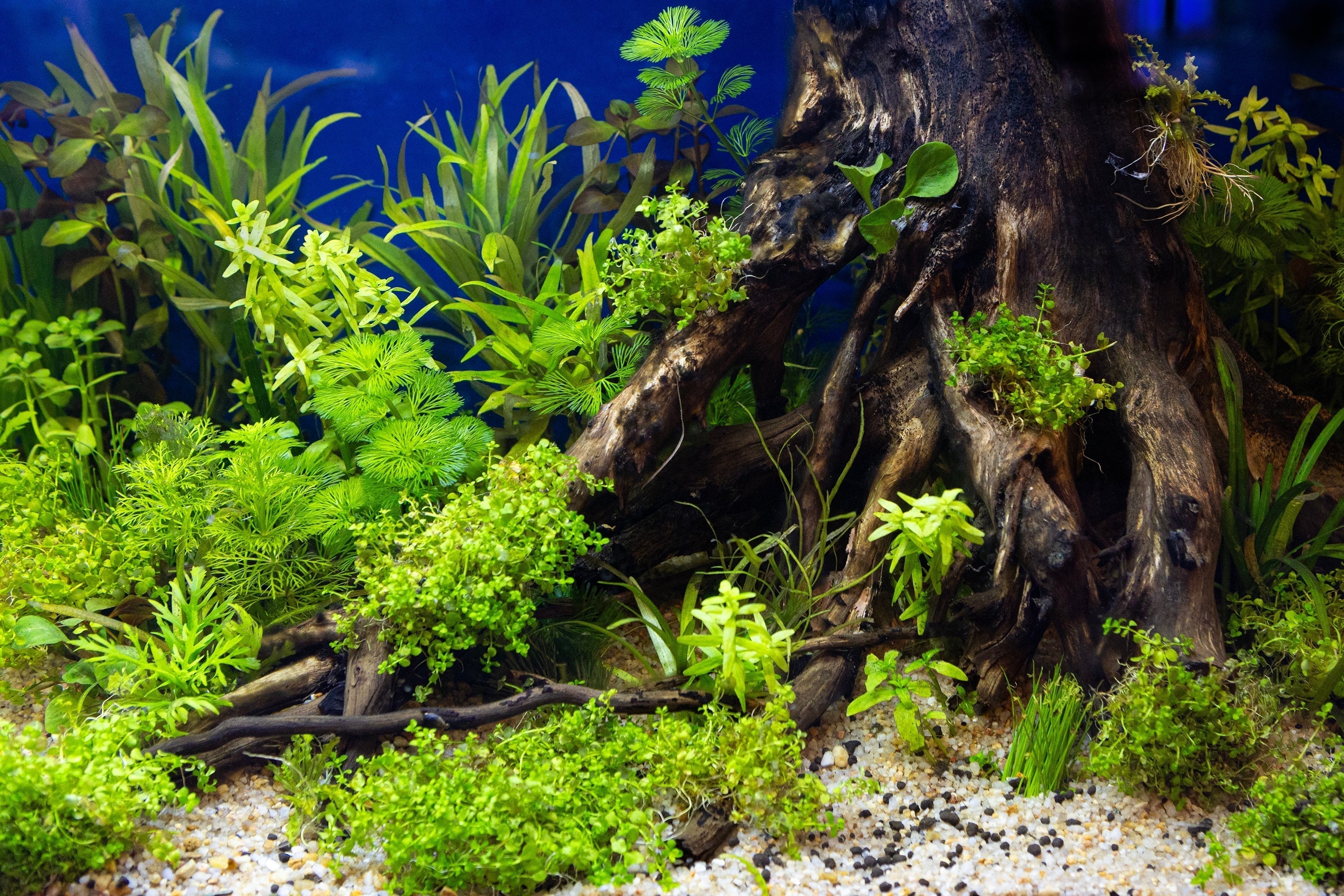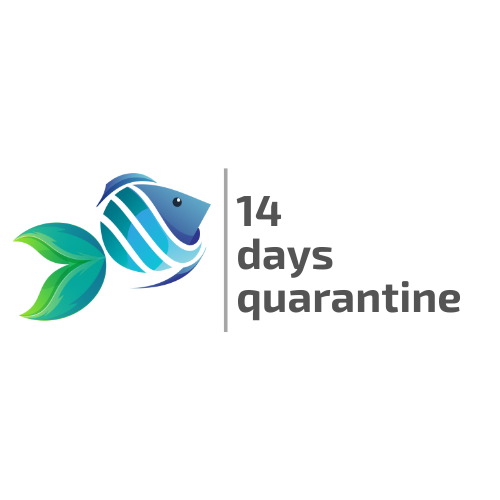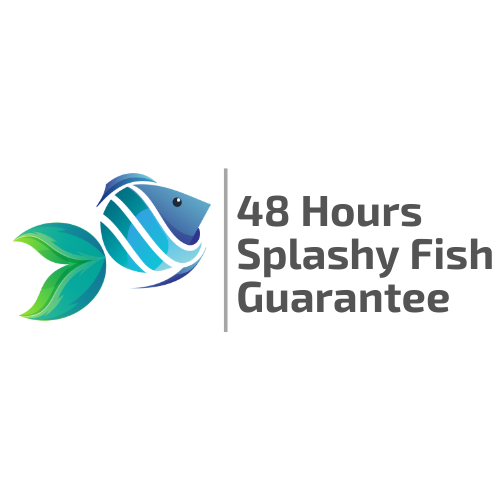Table of Contents
Buying live aquatic plants can feel overwhelming with Latin names, lighting charts, and conflicting advice everywhere. To make things simple, the Splashy Fish team put together five plants we think every aquarist should experience at least once. Each pick is hardy, beginner‑friendly, and versatile enough to thrive in a wide range of community tanks with modest light and a comprehensive all‑in‑one liquid fertilizer from Splashy Fish. Read on for what makes each plant special, where to place it, and how to help it thrive from Day 1.
1. Dwarf Sagittaria (Sagittaria subulata)
If Vallisneria is the classic underwater meadow, dwarf Sagittaria is its compact cousin that fits in almost any aquarium. This grass‑like rosette stays as short as 3 inches (8 cm) in high light and can reach 18 inches (45 cm) in lower light, so it works as a foreground carpet in nanos or a mid‑ground hedge in larger tanks. Even a single starter plant will send out underground runners that quickly knit into a lush lawn, creating natural hideaways for shrimp and fry.
Planting is straightforward: remove the nursery pot, tease apart individual crowns, and bury the white roots while keeping the leaf bases above the substrate. Dwarf sag is a heavy root feeder, so pair inert gravels with root tabs or use a nutrient‑rich planted substrate. Most farmed specimens arrive with rounder, emersed leaves; these usually melt back as the plant transitions underwater. Don’t panic because new, narrower submerged leaves will replace them within weeks. Want a dig‑proof option? Drop the entire pot into a planter‑style rock décor with a root tab in the rock wool and let the runners spill over the rim.
Why we love it: zero‑drama carpeting, adaptable height, and fast propagation without high‑tech gear.

2. Dwarf Aquarium Lily (Nymphaea stellata / zenkeri variants)
Looking for a statement piece that still behaves in low light? The dwarf aquarium lily is a bulb plant that rockets up elegant red to bronze leaves and eventually tosses out lily pads at the surface. It’s superb for filling vertical space and softening harsh lighting with a dappled canopy that is perfect for shy Tetras and labyrinth fish that enjoy cover.
Set‑up is easy: rinse off the peat from the bulb, then place it on top of the substrate rather than burying it. If it floats, wedge it lightly beneath a rock until it becomes waterlogged. Within one to three weeks, you should see new shoots and roots; if nothing appears by the three‑week mark, flip the bulb in case it was upside down. Once anchored, feed regularly with root tabs to keep colour vibrant and growth steady. Pads reaching the surface can be trimmed to keep light open for plants below or left intact to create a jungle vibe.
Why we love it: fast growth in modest light, dramatic colour, and easy propagation from a single bulb.
3. Cryptocoryne wendtii (All Varieties)
Cryptocoryne wendtii embodies the low‑maintenance charm of the Cryptocoryne genus: slow, steady, and beautifully textured. Depending on the cultivar, leaves ripple in shades of green, bronze, pink, or mahogany, typically topping out around 6–8 inches (15–20 cm). It’s an ideal mid‑ground anchor that adds movement and depth without constant trimming.
To plant, bury the roots while keeping the crown (leaf base) above the soil to prevent rot. Crypts prefer a nutrient buffet delivered to their feet, so add root tabs beneath the clump and refresh them every six to eight weeks. Many new crypts undergo the infamous “crypt melt” after planting; older emersed leaves dissolve as the plant reallocates energy to new underwater growth. Resist the urge to toss it; healthy new leaves almost always return once the roots settle. Over time, established clumps send out small runners that can be separated and replanted to extend the grove.
Why we love it: thrives in low to medium light, offers rich colours without high CO₂, and rewards patience with a long‑lived, architectural clump.
4. Pogostemon stellatus ‘Octopus’
If “instant jungle” had a mascot, it would be Pogostemon stellatus ‘octopus’. Each node along the stem throws out multiple slender leaves, creating a fountain of motion that sways with the current. Under moderate light, it remains bright green; increase intensity and you’ll see plum or purple accents at the tips. This is a quintessential background plant for filling space quickly and framing hardscape.
Remove the stems from the rock wool, trim the bottoms to fresh tissue, and plant deeply so they don’t float. ‘Octopus’ feeds from the water column, so dose an all‑in‑one liquid fertilizer weekly and consider iron if you chase deeper tones. Once stems reach the surface, cut the top 6 inches (15 cm), remove the lower leaves on the cutting, and replant the tops to thicken the stand. The original bases will branch, producing a layered, bushy look that doubles as a secure nursery for fry and microfauna.
Why we love it: lightning‑fast growth, graceful movement, and easy propagation for instant depth.
5. Anubias ‘Nangi’
A newer face in a beloved family, Anubias ‘Nangi’ marries the compact habit of Anubias barteri ‘nana’ with the elongated elegance of A. gilletii. Expect a tidy 6–12 inches (15–30 cm) of pointed, glossy leaves perched on a horizontal rhizome. Like all Anubias, it’s a low‑light specialist that shrugs off the bustle of community tanks and looks fantastic perched on wood or rock.
Attach the rhizome to hardscape with super glue gel or thread, or slip the nursery pot into a planter‑style rock décor for a movable “potted” look. Avoid burying the rhizome, which invites rot; only the fine white roots should contact the substrate. Growth is deliberate rather than fast, so keep lighting modest and supply nutrients via the water column with a comprehensive liquid fertilizer. Given stable conditions, ‘Nangi’ puts out immaculate new leaves that darken over time and provide excellent resting pads for bettas and gouramis.
Why we love it: refined shape, extreme durability, and zero fuss about substrate. All while staying perfectly scaled for mid‑sized aquariums.
Quick Setup Tips for Success
Match each plant to its preferred feeding method
Root tabs for heavy root feeders like dwarf Sag and Lilies, and liquid fertilizer for water column feeders like Pogostemon and Anubias. Keep lighting in the low‑to‑medium range for this collection, aiming for an 8‑hour photoperiod to start. Trim gradually and replant healthy tops rather than making drastic overhauls that destabilize the tank. Finally, resist common beginner mistakes: don’t bury rhizomes, don’t panic at crypt melt, and don’t let nutrient‑hungry stems starve between water changes.
This shortlist delivers everything a thriving aquascape needs
A carpeting workhorse, a bold centerpiece, a sculptural mid‑ground, a fast‑growing backdrop, and a shade‑loving epiphyte. Start with one or two, observe how they settle into your unique water and lighting, and then expand the palette as confidence grows. With a little patience and the right fertilization, these five plants will transform any glass box into a living landscape that’s easy to maintain and endlessly rewarding.
Ready to plant? Explore Splashy Fish’s curated selection of live aquarium plants for sale and grab a pack of root tabs and an all‑in‑one liquid fertilizer to give them the best possible start. Visit our website to buy them online or at our aquarium store in Virginia for more freshwater fish for sale, betta fish for sale, freshwater shrimp for sale, and aquarium supplies.
Aquarium Plants Frequently Asked Questions (FAQs)
What is the difference between Vallisneria and Vallisneria nana?
Vallisneria nana differs from other Vallisneria species by having narrower, darker green leaves that grow in a rosulate pattern. While typical Vallisneria can have wider, ribbon-like leaves, V. nana stays shorter in the wild (around 15 cm) but can reach up to 70 cm in height in aquariums under ideal conditions.
Is Dwarf Sagittaria fast-growing?
Yes, Dwarf Sagittaria is a fast-growing aquatic plant, making it a popular choice for both aquariums and ponds. It spreads quickly through runners, helps oxygenate the water, and absorbs excess nutrients, which aids in maintaining water clarity and balance.
What is the difference between Dwarf Sagittaria and Vallisneria?
The key difference lies in their leaf shape and texture. Dwarf Sagittaria has thicker, smoother leaves, while Vallisneria features thinner leaves with slightly serrated edges, similar to terrestrial grass blades. Both are popular foreground and midground plants in freshwater aquariums.


